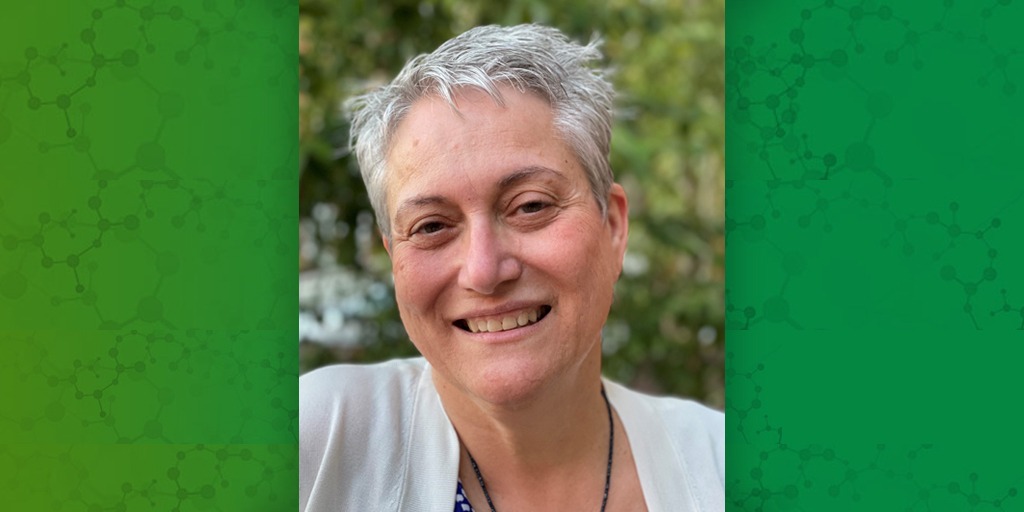Building collective resilience to effectively prepare for and respond to environmental catastrophes and other public health emergencies was the overall goal of a summit hosted by the North Carolina-based Research Triangle Environmental Health Collaborative on Nov. 3-4. NIEHS disaster response experts met with state officials, community partners, local politicians, and academic researchers to discuss best practices and lessons learned.
The following actionable steps resulted from the meeting, according to Martin Armes, executive director of the Collaborative.
- Spur interaction among researchers and communities to build trust and share scientific outcomes.
- Create a centralized disaster response research and resources database.
- Increase use of social media, media releases, and informative flyers to educate communities.
- Expand research collaborations and reduce duplication of efforts.
“It is important to have these conversations before disasters occur,” said NIEHS Acting Deputy Director Gwen Collman, Ph.D. “The more times we can get together, get to know each other, speak with a common language, and understand our roles in helping communities stay healthy and resilient against these ever-changing environmental stresses, the better society will be.”
Anticipating disaster
Disasters bring unknown and complex risks of exposure and contamination, so communities must think and act collectively in anticipation of their occurrence, noted NIEHS Senior Medical Advisor Aubrey Miller, M.D. He shared sobering facts, pointing out that U.S. spending on extreme weather- and climate-related events rose from $3 billion in 1980 to $450 billion in 2020.
“These events have increased dramatically over the past few decades,” Miller said. “Not only are they happening in the United States, but also across the world, and under-resourced and marginalized populations are most at risk.”
 Miller has helped to coordinate large-scale responses to disasters and crises such as hurricanes, the H1N1 influenza pandemic, and the World Trade Center and anthrax attacks, among many others. (Photo courtesy of Steve McCaw / NIEHS)
Miller has helped to coordinate large-scale responses to disasters and crises such as hurricanes, the H1N1 influenza pandemic, and the World Trade Center and anthrax attacks, among many others. (Photo courtesy of Steve McCaw / NIEHS)The NIEHS Disaster Research Response (DR2) program, which Miller leads, aims to provide timely scientific information to affected groups. The initiative fosters collaboration among academic researchers and health officials to provide key knowledge before and after disasters, and to better understand related environmental and human health effects.
Miller shared with attendees that the program launched a website with more than 500 resources and tools, free and publicly available, to aid necessary research, response, and recovery efforts.
To learn more about Miller’s work in this area, check out his recent conversation with NIEHS and National Toxicology Program Director Rick Woychik, Ph.D.
Plan, engage, communicate
Katie Webster, from the North Carolina Department of Public Safety Division of Emergency Management, discussed the federal emergency response framework and where partner organizations best fit into planning, response, and recovery.
“The emergency management community is always in need of helping hands, but from what I have observed over the years, there are different ways to go about it to get the best out of the effort,” Webster said.
“Number one is that engagement takes planning,” she noted. “Be mindful of disaster season and use blue sky days [time not during a disaster] to your advantage to engage. Also, identify ways to engage that are mutually beneficial, and communicate those benefits in detail.”
Meeting community needs
Rett Newton, mayor of Beaufort, North Carolina, described three lessons learned in his coastal community after facing environmental disasters.
- Mandatory evacuation is not mandatory — Get information to the family level so they can make their personal decisions.
- Communication is critical — Power outages happen early. Install fiber or make other infrastructure updates that support communication. Do not assume that everybody is on Facebook. Going door to door may be necessary.
- Hurricane categories are only measures of wind — The categories do not include the amount of rainfall, tornadoes, storm surge, or water levels.
 Researchers can strengthen disaster response by expanding our knowledge of potential health effects and helping affected communities build resiliency. (Photo courtesy of MDay Photography / Shutterstock.com)
Researchers can strengthen disaster response by expanding our knowledge of potential health effects and helping affected communities build resiliency. (Photo courtesy of MDay Photography / Shutterstock.com)
Overcoming barriers, helping workers, collecting data
Partnering with the NIEHS Worker Training Program (which provides health and safety education to workers involved in disaster response, among other efforts), activating community networks to aid disaster relief, and addressing language barriers faced by Spanish-speaking farmworkers were among the topics presented by community groups during the conference.
Also, researchers from across North Carolina shared best practices for disaster research, data collection during an active event, and effective science communication. They learned they can access the NIEHS Rapid Acquisition of Pre- and Post-Incident Disaster Data(https://www.niehs.nih.gov/research/programs/disaster/human-studies/#a910834) (RAPIDD). That is a protocol containing surveys, checklists, and other documents needed to expedite institutional review board approval for field research during disasters.
Building relationships
“It is important to have existing community networks in place, whether you are part of a university research team or part of the response team,” said Heather Henry, Ph.D., health science administrator for the NIEHS Superfund Research Program. “That is why events like this, which bring together community, responder, and academic networks during blue skies, can be an important way to build relationships that make a difference in times of disaster.”
She served on the summit planning committee with other NIEHS staff, including Health Science Policy Analyst Kimberly Thigpen Tart, J.D., and Program Analyst Jim Remington. The summit was the 13th annual meeting of the Research Triangle Environmental Health Collaborative, a nonprofit that builds partnerships to enhance global environmental health.
(Jennifer Harker, Ph.D., is a technical writer-editor in the NIEHS Office of Communications and Public Liaison.)
Source link
factor.niehs.nih.gov

